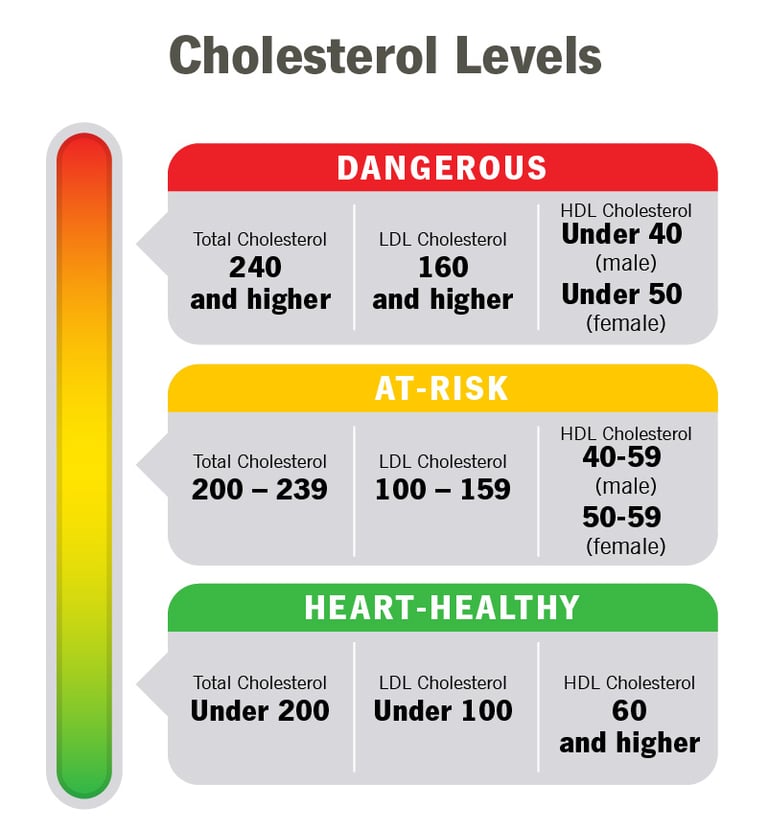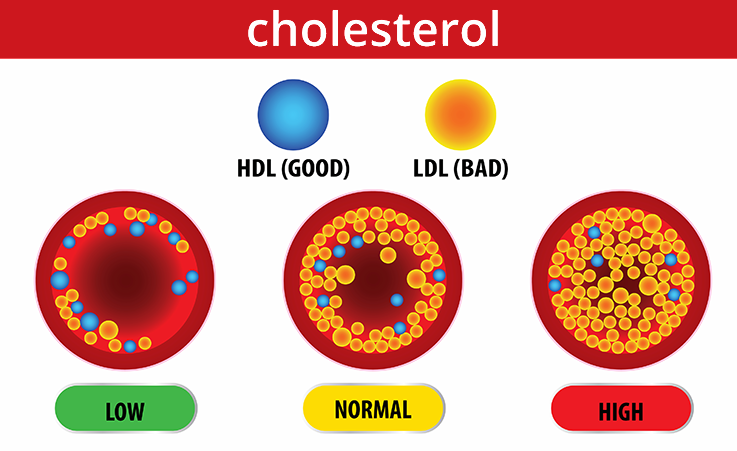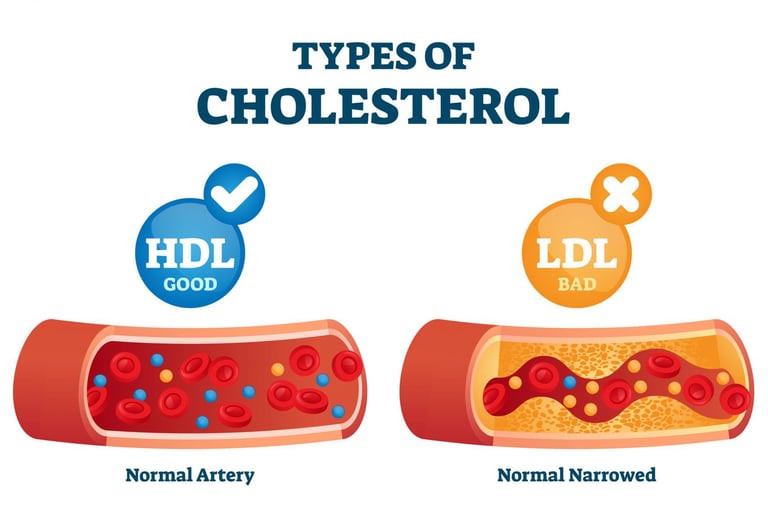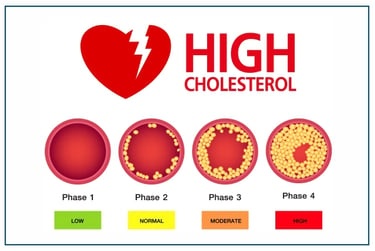LPP Testing (Lipoprotein)
LPP- Cholesterol has historically been used as the standard indicator for cardiovascular disease, often being classified as “good” (HDL) or “bad” (LDL). Studies have found that it is actually the lipoprotein particles that carry the cholesterol throughout the blood, not the cholesterol within them, that are responsible for key steps in plaque formation and the development of cardiovascular disease. The small, dense, cholesterol-depleted particles impart the highest risk, as does a higher number of these lipoproteins. Standard cholesterol testing does not tell us enough about the particle types—or subgroups—of each of these LDL and HDL families; therefore, it misses the earliest opportunity to prevent adverse cardiovascular events, when it’s easiest to treat.
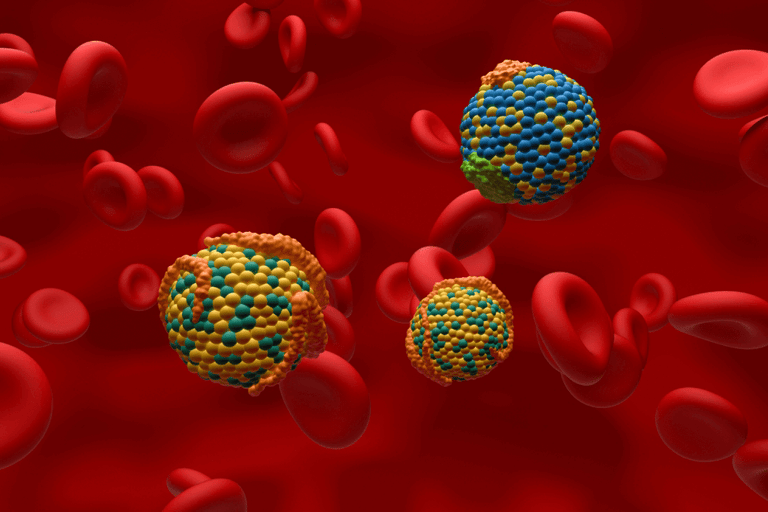

Why is it important to know lipoprotein numbers?
Cardiovascular risk increases with a higher LDL particle count. With a higher non-HDL count, the probability of particle penetration of the arterial walls rises, regardless of the total amount of cholesterol contained in each particle.
More than 30% of the population has cholesterol-depleted LDL, a condition in which a patient's cholesterol may be "normal" but their lipoprotein particle number, and hence their actual risk, could be much higher than expected. This is especially common in people whose triglycerides are high or HDL is low. In the population with a cholesterol-depleted LDL, there can be up to a 40% error in risk assessment.

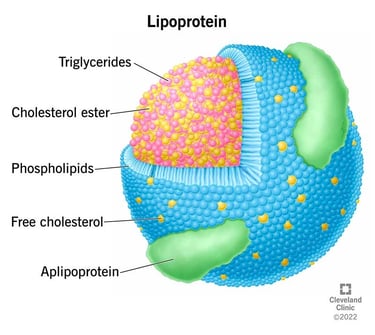

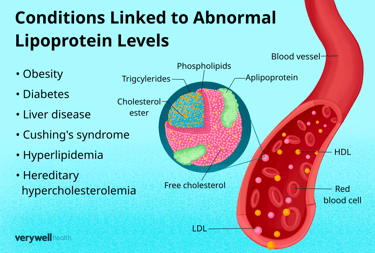
What Is Cholesterol?
Cholesterol is a soft, waxy substance produced in the liver and found in animal products we eat. Cholesterol is a necessary part of every cell in your body. It is also found throughout the cardiovascular system in the form of lipoprotein particles.
What Are Lipoprotein Particles?
Lipoproteins are ball-shaped proteins in the blood that transport fats (lipids) throughout the body. The fact that lipoproteins - not the cholesterol that is carried within them - causes cardiovascular disease by penetrating the endothelial lining of the arteries, becoming oxidized and contributing to arterial plaque, has been well established. Further, the most effective treatment will depend on which lipoproteins are elevated, so measuring lipoprotein particle numbers enables a clinician to (1) determine accurately the level of cardiometabolic risk and (2) how best to treat it.

© 2025. All rights reserved.





